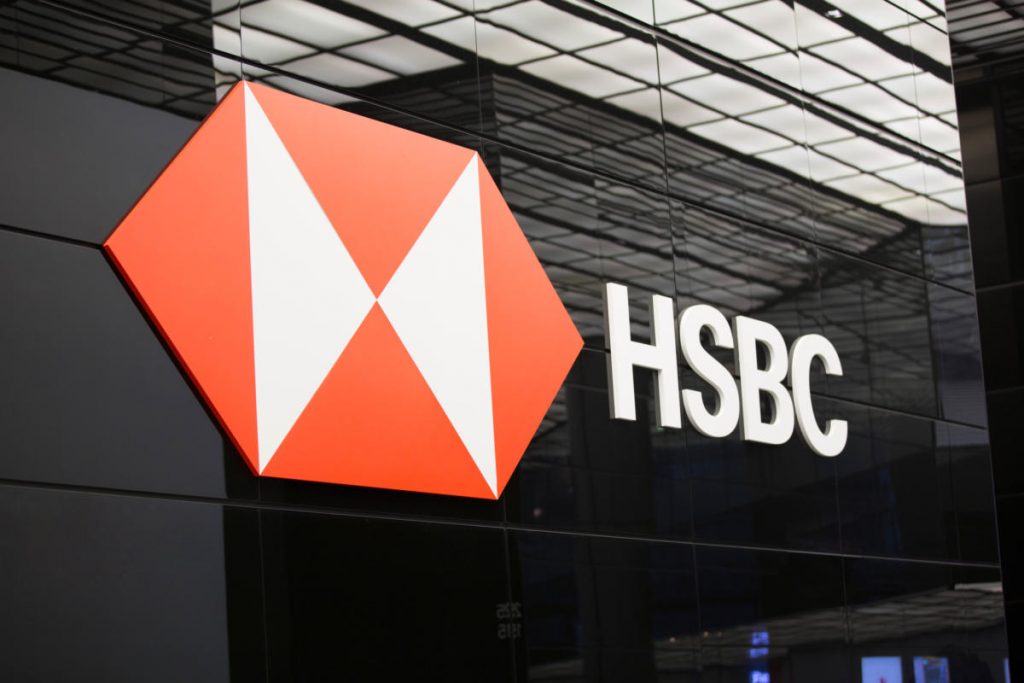Europe’s largest bank, HSBC, has reported a 33 per cent fall in 2019 pre-tax profit, to $13.35 billion after it took goodwill impairment of $7.3 billion. The write-down was related to its European investment banking and commercial banking businesses.
Noel Quinn was appointed as interim group chief executive and director, HSBC Holdings, in August 2019. In a statement that accompanied the report, he says, “The $7.3 billion goodwill impairment in Europe arose from an update to long-term economic growth assumptions, which impacted a number of our businesses, and from the planned reshaping of the bank’s global banking and markets business.”
The goodwill impairment resulted in a pre-tax loss of $4.65 billion in the Bank’s European business. While the Asia business has been profitable—with the bulk of earning coming from there—the outbreak of coronavirus brings uncertainty on Asia’s future earnings.
Since January 2020, the Bank’s offices in Hongkong and Mainland China have been significantly disrupted on account of the coronavirus outbreak. The London-headquartered bank, which has a large presence in Hongkong, is preparing itself for the potential economic slowdown in the region.
HSBC has outlined a restructuring plan as part of its business strategy for the next two years. A reduction in the headcount by around 35,000 employees is a part of the restructuring strategy. The current strength of the workforce is 2,35,000 and over the next two to three years, the total number of staff will be reduced to 200,000.
HSBC’s business strategy is to secure a competitive position in the future. Aligning the restructuring to its business objective, it has decided to reduce its presence in the European markets, in domains such as sales, trading, and equity research. It also plans to scale down bank branches by 30 per cent. Furthermore, the strategy is to shift more resources to Asia and the Middle East.



